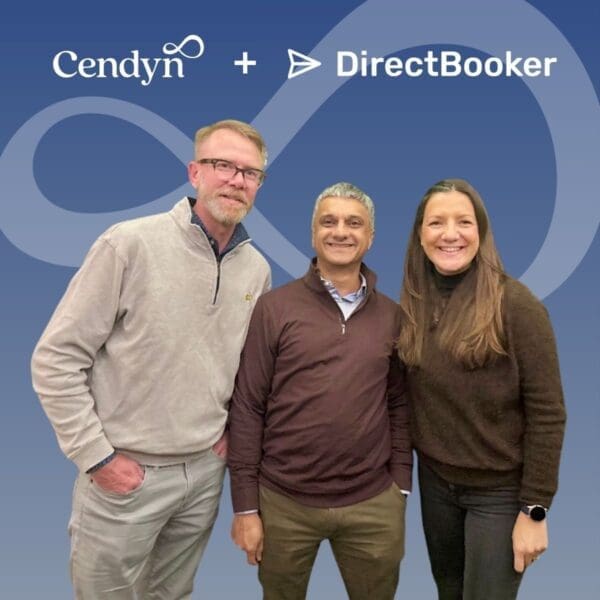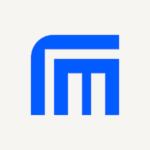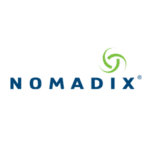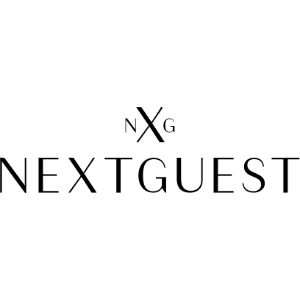Everything you need to know about Facebook catalog
The Facebook catalog is one of the few constants when it comes to mastering Facebook marketing for hotels. The catalog is a reusable inventory for your hotel’s digital marketing on Facebook, Instagram, and Messenger, as well as the many sites and apps in FB’s Audience Network. It’s a “set it and forget it” investment that streamlines ad creation on Facebook’s family of apps and gives you the flexibility to create more interactive ads.
Catalogs keep inventory organized and ready to use at a moment’s notice. While independents will see some benefit from centralizing hotel room types in a reusable catalog, the functionality really shines for hotel management companies and multi-property operators that want to match each hotel to the ideal audience.
Let’s answer your burning questions around how to use Facebook catalogs for hotels.
What’s a Facebook catalog for hotels?
A Facebook catalog is a detailed inventory of room types, location, and packages. It saves you the pain (and time) of having to correlate creative to room type, which can get quite overwhelming for multi-property hospitality marketers. Catalogs also allow you to scale your ad creative, so you can create ads for specific rooms, locations, or packages without having to configure each ad.
Why do I want one?
For hospitality marketers, the catalog should be at the heart of your FB marketing operation. There are three reasons why, each of which leads to better conversions and thus a lower cost per booking for your ads:
1. Scale your creative, dynamically. A catalog opens up the full potential of Facebook’s dynamic ads. Alongside a Facebook Pixel, you can retarget past visitors with the specific promotion, package, and/or price combination that they previously engaged with on your website. These engaging ad experiences convert better while also showcasing your hotel more richly — without having to create a new ad for every campaign.

The three steps to creating dynamic ads. More from Facebook here.
Dynamic creative means that you can scale your ad creative by creating templates that update automatically, without you having to configure each ad. For instance, you could create a collection ad, which is an ad unit that features a large hero image or video above 4 unique images of your property. The user can then interact with different room types, for example. Or, for those that previously interacted on your website, you could show them only that room type — or even other hotels of similar star ratings or geographies.
2. Localize your marketing. Hoteliers with global marketing mindsets can customize catalogs for other languages and countries. This allows you to localize your content according to the target audience. It’s a time- and sanity-saver that also results in more relevant ads that convert better (and thus cost less!). To localize, you’ll need to create secondary files for each language and country that you’d like to target. These files will be what the system refers to when pulling data from your catalog for users who speak those languages or live in those countries. Localizing your ads can be useful so you can correlate images, descriptions, and currencies that best match local traveler preferences.
3. Expand your reach without expanding your work. Your catalog can be used not just for digital marketing on Facebook’s various websites and mobile apps. It can also on the Audience Network. This is a collection of third-party websites and apps that rely on Facebook for advertising inventory. So you’ll be able to extend existing people-based targeting and give your hotel’s ads far greater reach.

With Facebook’s Audience Network, you can expand the reach of your ads beyond Facebook’s suite of products.
How do I set one up?
There are two types of catalogs relevant to hotels: Hotels and Products. Hotel catalogs are for multi-property marketers that want to market individual hotels and Product catalogs are for those that want to market specific room types in a single hotel, or even across multiple hotels.
Within each catalog, you can group your inventory into Sets. Grouped by theme, price, star rating, amenities, location, or other attributes, Sets become the basis for your ad campaigns. Each catalog can have multiple Sets, so you can easily segment your catalogs for campaign-specific targeting.
Here’s how to create your first catalog:
- Log into the Catalog Manager.
- Choose “Create Catalog.”
- Choose either “E-commerce>Products” or “Travel>Hotels.”
- Select the business the catalog belongs to.
- Give your catalog a descriptive name and click “Create.”
- From there, you’ll need to upload your Products and/or Hotels into the respective catalog. Use this template to create your Hotel Ads and this one for your Products ads.
- From the Catalog Manager click either Product Sources or Hotel Data Sources to manually enter details, upload a CSV, or connect a data feed.
- Review for accuracy and then click the green “Create Ad” button to start creating!
As you get more comfortable with catalogs, consider the Hotel API to batch upload your room types and pricing. This connectivity means that you can use the latest rates to run dynamic ads based on length-of-stay, check-in date or room type, all without having to manually update pricing in the Catalog Manager. You’ll have a much greater impact when marketing with the latest pricing and availability.
How do I use it?
Facebook catalogs make it possible to create travel ad templates that can then be dynamically populated with property details, imagery, pricing, and discounts. These dynamic templates are the secret to putting your Facebook marketing on auto-pilot.
Here are a few examples of how the catalog can be used in your hotel’s Facebook marketing. For additional inspiration, check out the “Use Cases” tab in your Catalog Manager; once you’ve created your first catalog, Facebook will feature some ideas.
- Create a property-specific template that includes a “Book Now” call-to-action and a minimum base price for each property.
- Create discount overlays that show either strikethrough or “percentage off” prices to call out the discount. More here.
- Carousel ads with multiple images that include a card with a clickable “Book Now” unique offer. More here.
Where can I learn more?
Here’s everything you need to know around Facebook catalogs, Dynamic Travel Ads and dynamic ads in general). For troubleshooting any issues, Facebook provides debugging tools to help.
You’ll also want to bookmark the design specifications and developer tools for dynamic ads, as well as how to build an API to dynamically import pricing and availability into Hotel Ads. Whether you create your own ads and manage your own website or contract those out, these specs are essential to ensure success with catalogs-enabled dynamic advertising.
And, of course, our digital marketing experts are always here to advise you on the best way to promote your hotel online. Reach out and let’s talk about getting your digital marketing engine humming!



















